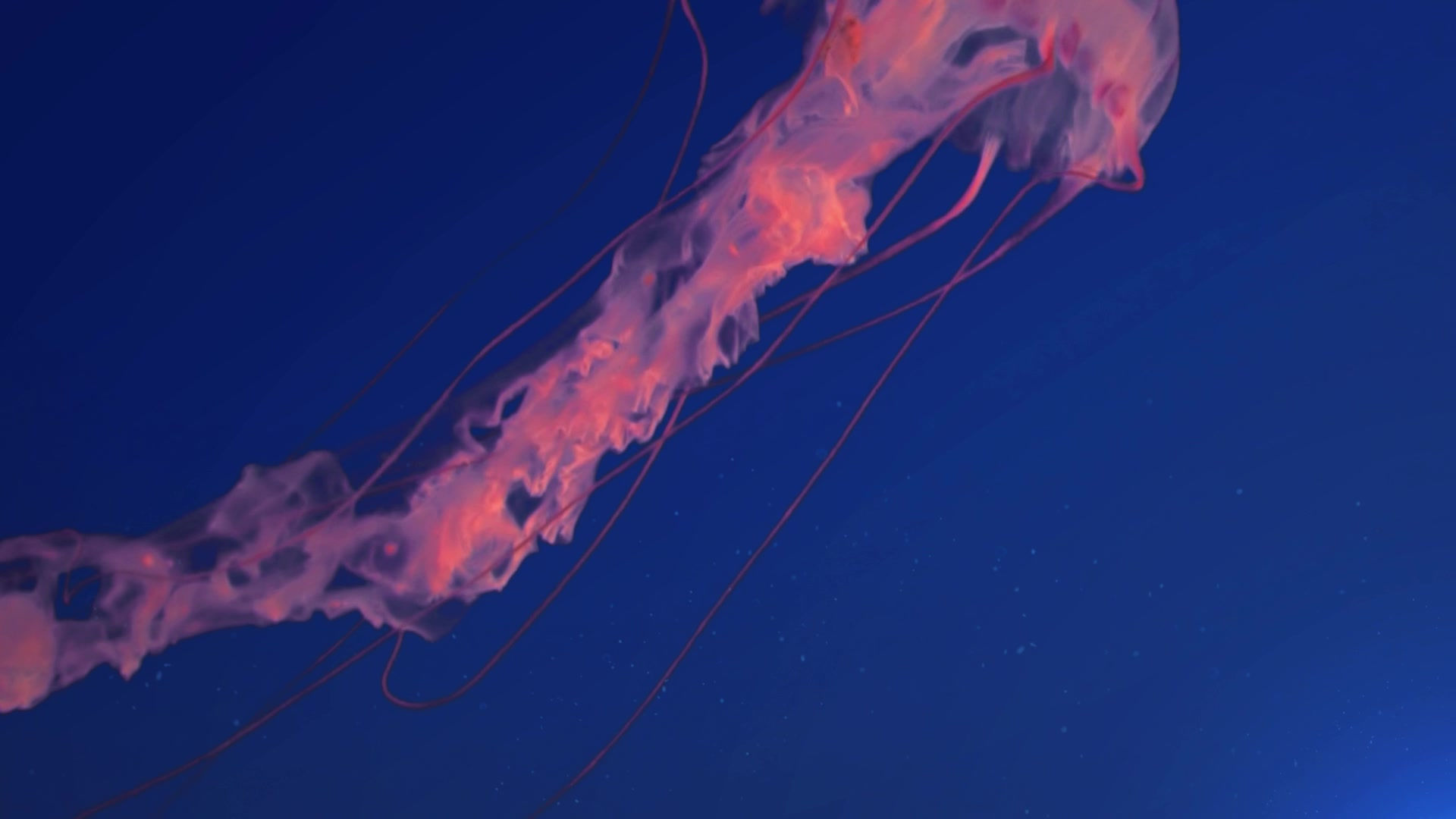
SC.912.L.17.9 Food Webs and Energy Transfer
-
You need to know how to use a food web to identify producers, consumers, and decomposers.
-
You need to know the pathway of energy transfer through trophic levels and the reduction of available energy at successive trophic levels.
-
You need to know how matter and energy move through the water and carbon cycles.
TUTORIALS
The Secret Life of Plankton
EOC Practice Questions
All organisms need materials and energy to stay alive. These materials and energy are transferred between and among the organisms that live in a particular area. Materials are recycled but a continuous energy supply is needed. The sun is the main source of energy
An ecosystem is the sum of all the living and nonliving things in an area and the interactions among them.is
Primary producers, also known as an autotroph, capture energy and store in the chemical bonds of glucose and other simple food molecules. Plants, some kinds of bacteria and Algae are producers.
Consumers, also known as a heterotroph, are organisms that obtain energy by eating others consumers.
Primary consumers or First level consumers such as rabbits and white-tailed deer are herbivores, consumers that eat producers
Secondary consumers or second level consumers, such as river otters, red-tailed hawks, are carnivores that eat primary consumers
Tertiary consumers eat secondary consumers.
Omnivores are consumers that eat both plants and animals. Pigs are omnivores.
Scavengers are consumers that feed on dead organisms. Vultures, hyenas, and wolves are scavengers.
Detritivores are detritus eaters, heterotrophs that obtain nutrients by consuming detritus. Earthworm and fungus that feed on dead and decomposing organic matter are detritivores.
Decomposers are organisms that obtain energy from organic wastes, such as fallen leaves or dead organisms. Fungi such as mushrooms and many soil bacteria are decomposers
The path of energy from producer to consumer to decomposer is s food chain.
The arrows in each diagram show the flow of energy from one organism to the next.
The energy travels in one direction. Unlike matter. it does not cycle through the chain or web.

A food web is a set of food chains that interconnect through multiple feeding relationships

An ecosystem can survive without consumers, however, no ecosystem can survive without producers and decomposers. The producer captures the energy that drives the system and the decomposer breaks down waste into molecules that the producer can use.
Trophic Levels
Each feeding level in an ecosystem is a trophic level
Produces make up the first trophic level. Producers have the most energy and usually there are more producers than consumers.

Scientists use energy pyramids to show the energy loss between trophic levels in an ecosystem. Only 10 % of the energy from any trophic level is passed to the next level. Much of the "lost" energy is released into the environment as heat.



The amount of energy DECREASES as it moves from one trophic level to the next due to metabolic reactions.
The small amount of energy that passes from one trophic level to the next limits the number of organisms that can exist at each trophic level, as well as the size (number of feeding levels) of a food chain.
The more feeding levels in a food chain the less efficient the transfer of energy
All the living matter in a habitat, trophic level, or ecosystem is its biomass. Producers make up the most biomass in any ecosystem. Primary consumers have less biomass than producers, and secondary consumers have even less biomass.
Carbon Cycle
Carbon is part of every living organism. Carbon is also present in the atmosphere, in the gasoline used by cars, and in many kinds of rocks.
Carbon is conserved as it cycles among the air, the ground and plants and animals.
Processes that release carbon into the atmosphere:
-
Cellular reparation
-
Combustion
-
Decomposition.
Process that removes carbon from the atmosphere:
Photosynthesis (autotrophs use carbon to make glucose)
Carbon dissolves in ocean water

Water Cycle
